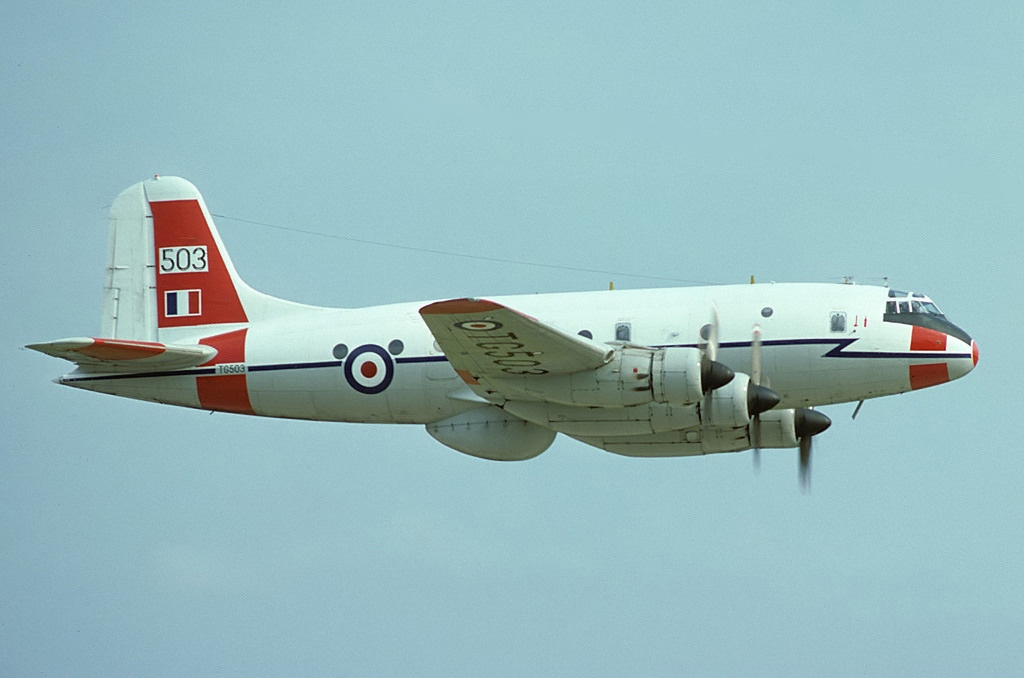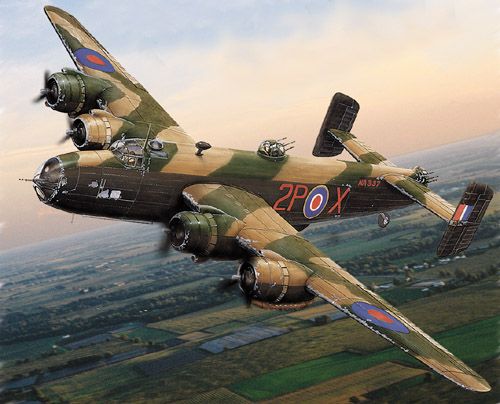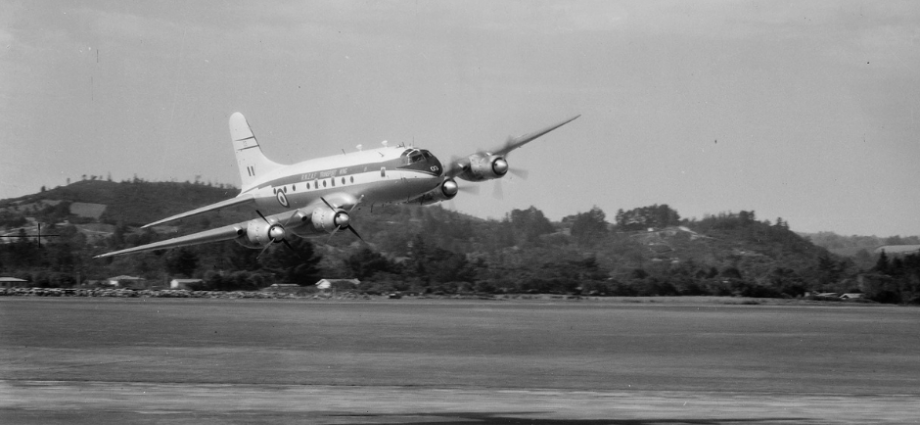How’s this for a low pass? Hastings NZ5803 of No. 40 Squadron flying past the crowd with two propellers feathered during an open day air show at Whenuapai in February 1957.
Handley Page Hastings

Amid the latter years of WWII, the British Air Ministry formulated and released a specification for a new long-range general purpose transport to succeed the Avro York, a transport derivative of the Avro Lancaster bomber. Handley Page submitted its own specifications to meet C.3/44, designated H.P.67.
The H.P.67 was an extremely clean design, as well as being relatively orthodox in terms of Handley Page methodology. Its basic configuration was an all-metal low-wing cantilever monoplane with a conventional tail unit.

The wings of the existing Handley Page Halifax bomber were mated to a circular fuselage and sported a retractable undercarriage of tailwheel design.
The fuselage allowed pressurisation up to 5.5 psi (38 k/Pa).
The civilian version was called the Hermes, but that programme was placed on hold after the prototype crashed during its first flight on 2 December 1945.
On 7 May 1946, the first of two Hastings prototypes (TE580) made its maiden flight from RAF Wittering. Flight testing soon demonstrated some issues, including lateral instability and relatively poor stall warning behaviour.
Both the prototypes and the first few production aircraft were urgently modified and tested with a temporary solution a modified tailplane with 15° of dihedral, and the installation of an artificial stall warning system.
These changes enabled the first production aircraft, designated Hastings C1, to enter service during October 1948.
A permanent solution was provided in the form of an extended-span tailplane, which was mounted lower on the fuselage.
By the end of production, 147 aircraft had been manufactured for the RAF; an additional four Hastings were built for the Royal New Zealand Air Force (RNZAF), which gave a total of 151 aircraft.


